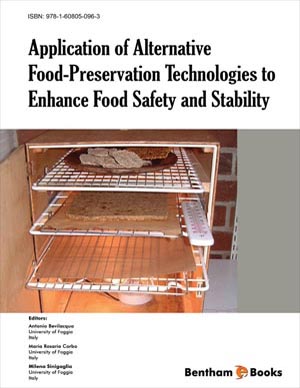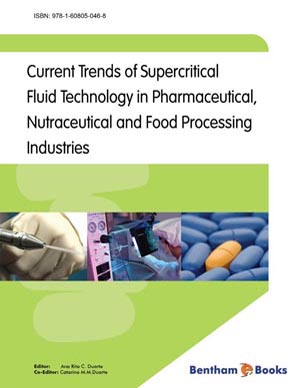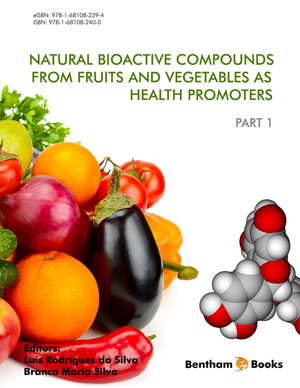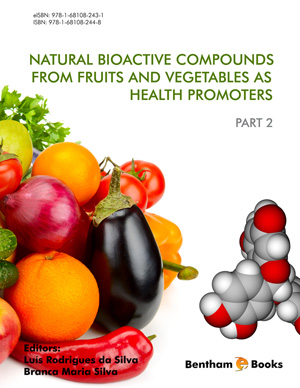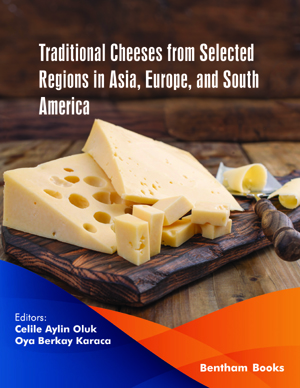Abstract
Predictive microbiology (PM) is an interesting tool to predict the survival/growth of pathogens and spoiling microorganisms in foods, as well as a powerful mean for the evaluation of the shelf life and the effects of some hurdles in food industry. This chapter offers an overview of the most important primary models to fit growth (Baranyi, Gompertz and lag-exponential equations) or survival kinetics (the function of Bigelow, along with the equations included in the Add-in-Excel component GInaFiT).
Then, the chapter describes some secondary models used in food microbiology (square root, cardinal, Arrhenius and polynomial equations), as well as a brief synopsis of a new approach, the S/P model, based on the simultaneous evaluation of the microflora growth and the production of an end-product or the consumption of a substrate.
Another interesting tool proposed by the chapter is a summary of the approaches used for the evaluation of the lag phase of a microbial population, along with an appendix reporting some key-concepts of the Design of Experiments and a description of the indices for the evaluation of the goodness of fitting of a function.
Keywords: Challenge tests, Primary model (Gompertz, Baranyi and lag-exponential equations), Inactivation curves, Secondary models, Growth/no growth model, Design of experiments.


